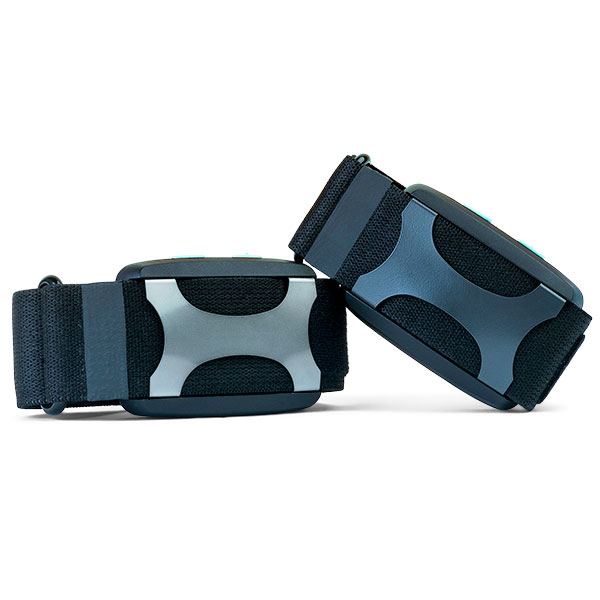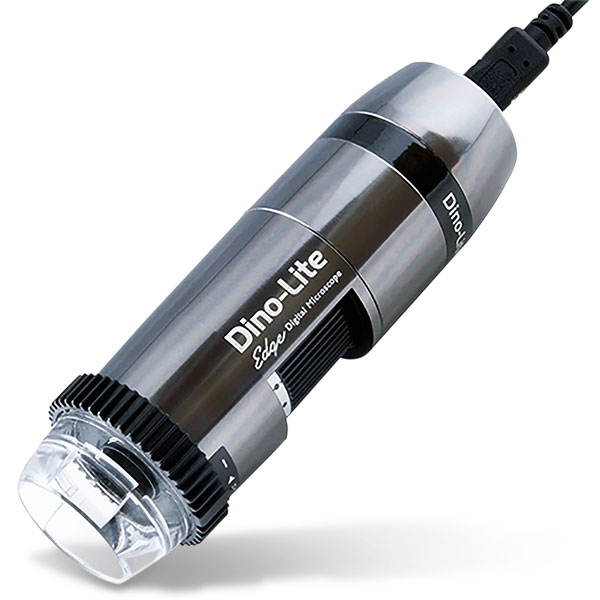
WHO, WHAT, WEARABLE
The Apollo

If you could strap on a bracelet that was guaranteed to help you improve your focus and cognitive functions—and achieve a deeper state of calm—you’d do it, right? Neuroscientists and University of Pittsburgh professors David Rabin and Greg Siegle claim they’ve made that fantasy a real-life possibility with their invention of the Apollo. The two Ph.D.s worked together at the university’s Program in Cognitive Affective Neuroscience to develop and scientifically prove the Apollo’s technology, which is about as unique as it gets.
What it does: The Apollo doesn’t track biometrics—it works to improve them. The device, which can be worn as a bracelet or as an anklet, delivers combinations of low-frequency, inaudible sound waves (gentle vibrations you can feel, but can’t hear) that activate your “rest and digest” parasympathetic nervous response.
How it works: The Apollo’s vibrations have been proven in double-blind tests to improve heart rate variability (HRV), which, when high and healthy, helps our bodies recover more easily from stress. With an improved HRV, you focus better, sleep more easily, and stay energized longer.
Best feature: The company, Apollo Neuroscience, has programmed the wearable’s patterns of vibrations to nudge you into various states and moods. In the Apollo’s companion mobile app, you can pick from seven modes—“energy and wake-up,” “meditation and mindfulness,” and “social and open,” among them. Simply choose how you want to feel. ($349; apolloneuro.com)
SUPPLY IN DEMAND
Dino-Lite EdgePlus AM4917MZT Microscope

Raising the bar on color fidelity, frame rate, and low-light performance, Gesswein’s new Dino-Lite EdgePlus AM4917MZT microscope uses flexible lighting control and automatic magnification reading to give bench pros crystal-clear views into their gems and jewels. The scope’s automatic magnification reading shows up on the screen, erasing the hassle of stopping your work to check magnification before performing a measurement. And with the Dino-Lite, focus stacking is simplified, thanks to its “extend depth of field” feature that can take several pictures at different levels of focus, then stack them into one clear, consumer-ready image. ($1,199; gesswein.com)